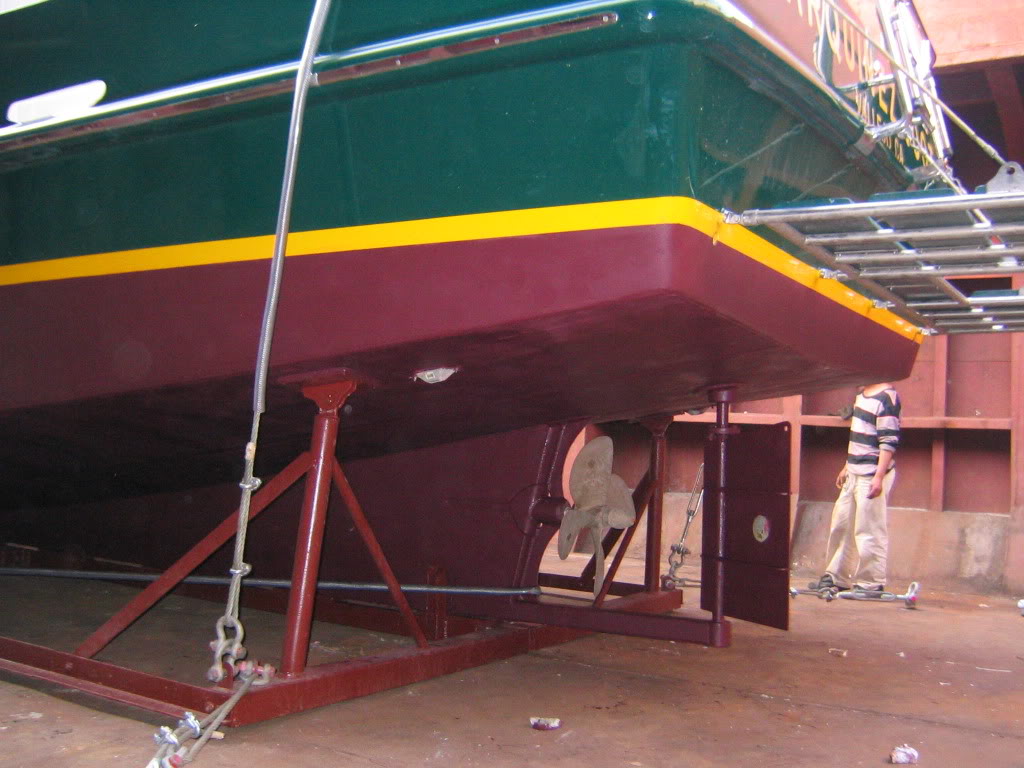markpierce
Master and Commander
- Joined
- Sep 25, 2010
- Messages
- 12,557
- Location
- USA
- Vessel Name
- Carquinez Coot
- Vessel Make
- penultimate Seahorse Marine Coot hull #6
For single-engined boats, I was under the impression that right-hand propellers are far more common than left-hand ones. The Coot has a left-hand propeller. This raised some questions.

- Which of you have left-hand versus right-hand propellers?
- Is it an advantage to have a starboard-side helm versus a port-side helm with a left-hand propeller?
- With a left-hand propeller, what is the preferred dock orientation in relation to the dominant wind/current?
- With a keel at the stern and large rudder, is prop-walk even a significant issue?

